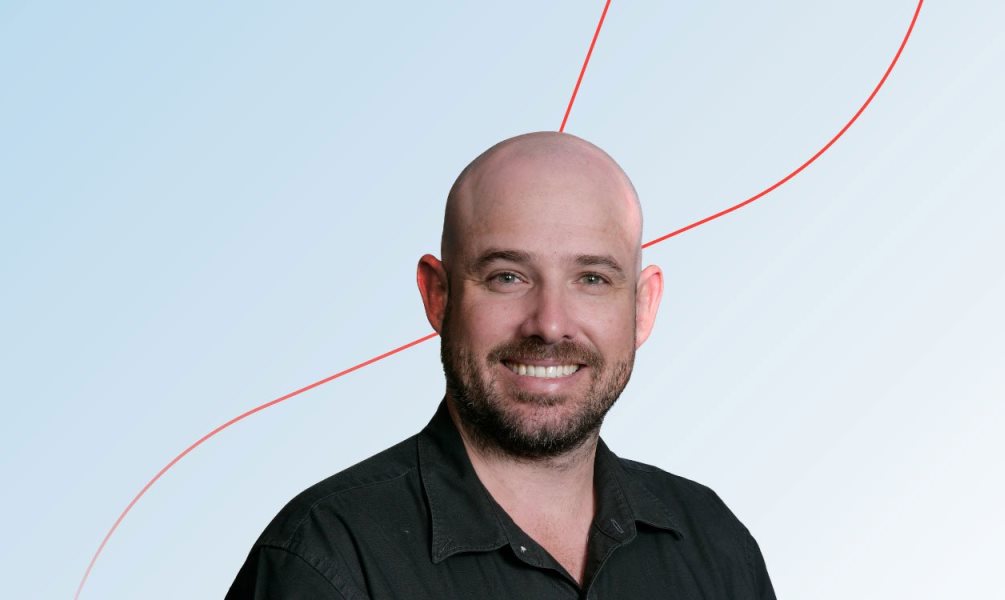Growing up, many people spend their childhood years aspiring to follow the career footsteps of their parents. That was certainly the case for WSP’s James Johnston, Associate Environmental Scientist.
“My father worked in the contaminated land sector for the EPA for many years, and from an early age, I developed a strong connection with the natural world and a desire to protect it,” James says.
This connection led James to pursue a career in environmental science, where he’s had the opportunity to work in various international regions such as the Middle East, United Kingdom, and Australia, with a specific focus on contaminated land assessment and remediation.
“The ability to contribute to the preservation of our natural environment and the mitigation of environmental risks is what drives my dedication to this field, ensuring the health and well-being of both ecosystems and communities,” he added.
Society is placing greater emphasis on environmental sustainability, making it more important than ever to incorporate sustainable practices in our projects.
WSP’s Future Ready™ framework places a high value on remediation technologies as we plan, design and deliver solutions that are adaptive, resilient and sustainable. Integrating these technologies is also an area James is deeply committed to.
“To be responsible with natural resources and make the remediation process better, it’s important to focus on efficiency and reducing waste. Sustainable remediation practices contribute to climate action by minimizing pollutant release and reducing greenhouse gas emissions that can be associated with traditional methods,” he explained.
This is consistent with the values of a circular economy, which aim to increase resource efficiency and preservation.
“In order to implement these changes, the industry will heavily depend on technology, such as advanced monitoring tools and data analysis. This will enable us to have precise and up-to-date information about the remediation process,” James continued.
Making communities safer and healthier
Integrating sustainable and innovative remediation technologies can lead to more effective and efficient clean-up of contaminated sites, reducing the risks posed by pollutants to human health and the environment. This, in turn, helps improve the environment and preserve finite natural resources.
Additionally, the adoption of sustainable practices in remediation would contribute to broader environmental sustainability goals, such as reducing resource consumption, minimizing waste generation, and mitigating the release of harmful substances into the environment.
“I actively promote alternatives to conventional ‘dig and dump’ remedial strategies, aiming to reduce the industry’s reliance on valuable landfill resources. Currently, I am working to promote the use of sustainable remediation methods such as in-situ and bio-remediation technologies to enhance the efficiency and effectiveness of remedial efforts, with the goal of minimizing the overall environmental footprint,” he says.
“These methods, among others, have the potential to provide more sustainable and cost-effective solutions for cleaning up contaminated sites. I am also committed to promoting preventative measures and proactive management strategies for sites in order to avoid contamination incidents from happening in the first place,” he added.
Driving meaningful change in the industry
Several obstacles hinder the adoption of sustainable and innovative remediation technologies, such as lack of awareness and understanding and cost considerations.
A significant challenge is the resistance to change within the industry, as traditional methods may be deeply embedded in current practices, but James is all about solutions and he has some thoughts on how to meet these challenges.
“My team and I are passionate about educating clients and regulators, demonstrating successful case studies, and highlighting the benefits of sustainable approaches in terms of cost-effectiveness and environmental impact,” James continued.
Financial constraints and a lack of awareness about available technologies can also impede progress.
“To address these challenges, I actively engage in professional development, staying informed about the latest advancements in the field, and working with experts and stakeholders to encourage knowledge sharing and drive innovation,” he concluded. “By showcasing the positive outcomes and demonstrating the feasibility of sustainable remediation practices, we can gradually overcome these barriers and drive meaningful change in the industry.”
Photo courtesy of WSP.
This article originally appeared on the WSP website.
Reprinted here (with minor edits) by permission.

